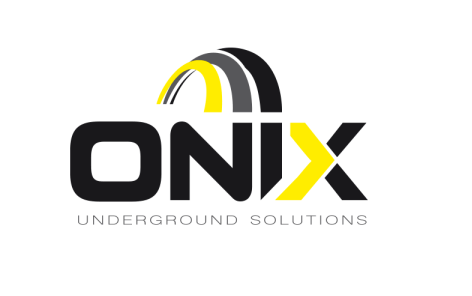Smart Building Management Systems (BMS) in Action
In the realm of modern architecture and sustainability, Smart Building Management Systems (BMS) stand as the linchpin for achieving optimal energy efficiency, occupant comfort, and operational effectiveness. These sophisticated systems leverage cutting-edge technologies to monitor, control, and optimize various building functions in real-time.
Understanding Smart BMS:
A Smart BMS is a centralized control system that integrates a range of building services, including heating, ventilation, air conditioning (HVAC), lighting, security, and more. It functions as the brain of a smart building, collecting and analyzing data to make informed decisions aimed at reducing energy consumption and enhancing overall performance.
Key Features of BMS:
Real-time Monitoring: BMS continuously collects data from sensors and other building components, offering real-time insights into energy usage, temperature variations, and system performance.
Automated Control: With advanced algorithms, BMS can automatically adjust settings based on occupancy patterns, external weather conditions, and other variables, ensuring optimal comfort and efficiency.
Fault Detection and Diagnostics: BMS can identify irregularities or malfunctions within the building systems, allowing for prompt intervention to prevent energy wastage and system failures.
Energy Optimization: By analyzing historical data, BMS identifies patterns and trends, enabling predictive energy optimization and strategic planning for future energy use.
Practical Applications:
HVAC Efficiency: BMS regulates HVAC systems based on real-time occupancy, minimizing unnecessary heating or cooling in unoccupied spaces.
Lighting Control: BMS adjusts lighting levels according to natural light availability and occupancy, reducing energy consumption without compromising illumination quality.
Security Integration: BMS integrates with security systems, allowing for intelligent control of access points, surveillance, and alarms based on occupancy and operational needs.
Benefits for Building Owners:
Energy Cost Savings: BMS leads to significant energy savings by ensuring that systems operate at peak efficiency and identifying areas for improvement.
Occupant Comfort: Smart BMS contributes to a more comfortable and productive environment for building occupants through personalized climate and lighting control.
Maintenance Efficiency: Predictive maintenance capabilities of BMS reduce downtime and extend the lifespan of building systems, ultimately lowering maintenance costs.
In conclusion, the implementation of Smart BMS is a pivotal step towards achieving sustainable and intelligent building operations. As technology continues to evolve, so too will the capabilities of BMS, ushering in an era where buildings actively respond to the needs of both the environment and their occupants.
Ausinland joins forces with EUREF Beijing, a world leading enterprise in the zero-carbon sector, and Tsinghua University’s Carbon Neutrality Center to provide zero-carbon designs and solutions for sustainable development.











